win10下搭建rtmp推流服务器
(相关文件我会整合,评论邮箱我发)
**1.**载 nginx 1.7.11.3 Gryphon
** **http://nginx-win.ecsds.eu/download/nginx 1.7.11.3 Gryphon.zip
下载完成后解压, 将解压后的目录命名为nginx_1.7.11.3_Gryphon
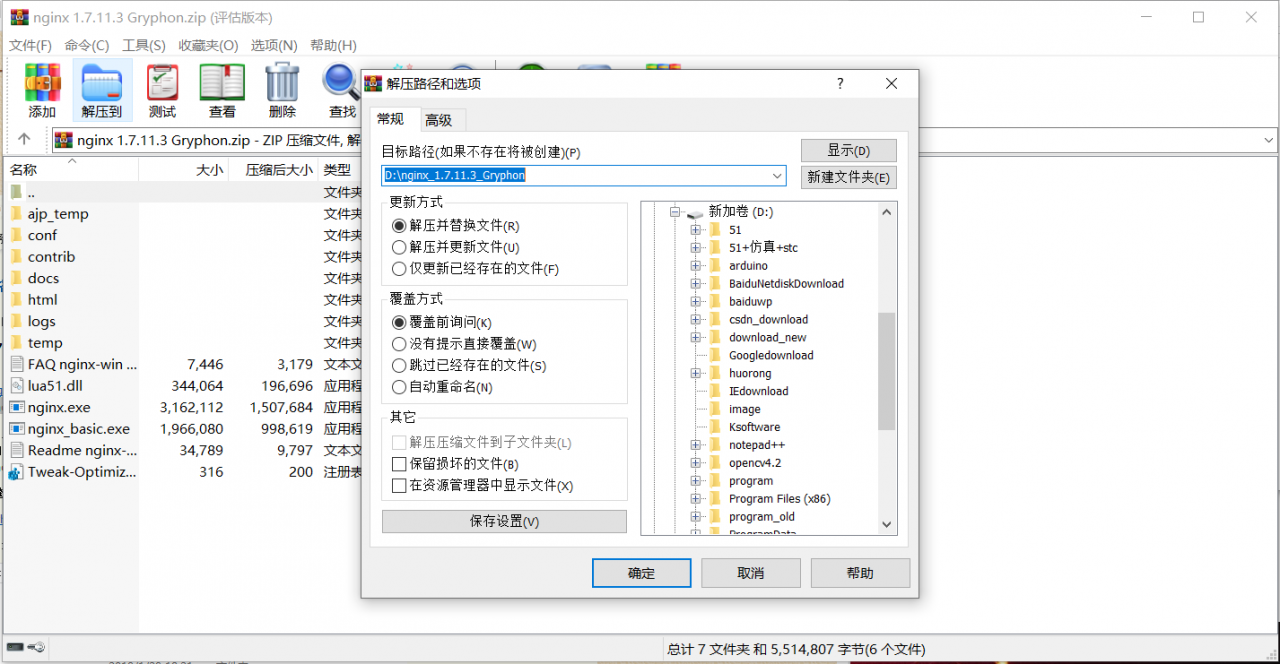
2.下载nginx-rtmp-module,解压到下图对应路径(记得改名)
下载地址https://github.com/arut/nginx-rtmp-module/
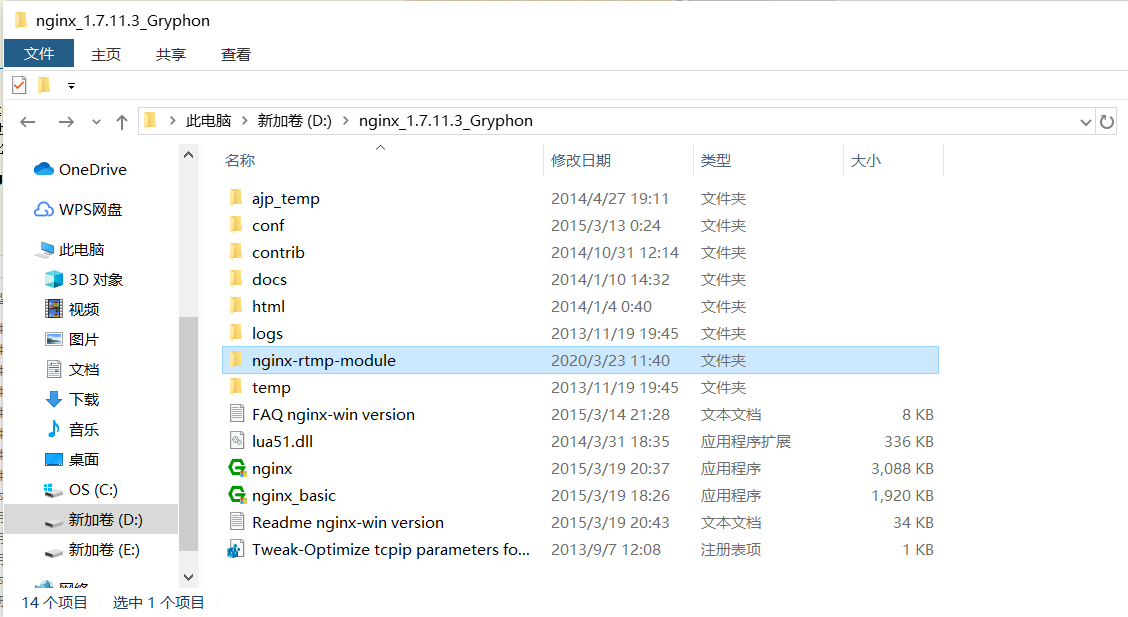
**3.****配置文件 conf\nginx-win-rtmp.conf **
内容如下:新建.txt,copy,rename就可以了,然后放到指定文件夹(代码后图片)
#user nobody;
# multiple workers works !
worker_processes 2;
#error_log logs/error.log;
#error_log logs/error.log notice;
#error_log logs/error.log info;
#pid logs/nginx.pid;
events {
worker_connections 8192;
# max value 32768, nginx recycling connections+registry optimization =
# this.value * 20 = max concurrent connections currently tested with one worker
# C1000K should be possible depending there is enough ram/cpu power
# multi_accept on;
}
rtmp {
server {
listen 1935;
chunk_size 4000;
application live {
live on;
}
}
}
http {
#include /nginx/conf/naxsi_core.rules;
include mime.types;
default_type application/octet-stream;
#log_format main '$remote_addr:$remote_port - $remote_user [$time_local] "$request" '
# '$status $body_bytes_sent "$http_referer" '
# '"$http_user_agent" "$http_x_forwarded_for"';
#access_log logs/access.log main;
# # loadbalancing PHP
# upstream myLoadBalancer {
# server 127.0.0.1:9001 weight=1 fail_timeout=5;
# server 127.0.0.1:9002 weight=1 fail_timeout=5;
# server 127.0.0.1:9003 weight=1 fail_timeout=5;
# server 127.0.0.1:9004 weight=1 fail_timeout=5;
# server 127.0.0.1:9005 weight=1 fail_timeout=5;
# server 127.0.0.1:9006 weight=1 fail_timeout=5;
# server 127.0.0.1:9007 weight=1 fail_timeout=5;
# server 127.0.0.1:9008 weight=1 fail_timeout=5;
# server 127.0.0.1:9009 weight=1 fail_timeout=5;
# server 127.0.0.1:9010 weight=1 fail_timeout=5;
# least_conn;
# }
sendfile off;
#tcp_nopush on;
server_names_hash_bucket_size 128;
## Start: Timeouts ##
client_body_timeout 10;
client_header_timeout 10;
keepalive_timeout 30;
send_timeout 10;
keepalive_requests 10;
## End: Timeouts ##
#gzip on;
server {
listen 80;
server_name localhost;
location /stat {
rtmp_stat all;
rtmp_stat_stylesheet stat.xsl;
}
location /stat.xsl {
root nginx-rtmp-module/;
}
location /control {
rtmp_control all;
}
#charset koi8-r;
#access_log logs/host.access.log main;
## Caching Static Files, put before first location
#location ~* \.(jpg|jpeg|png|gif|ico|css|js)$ {
# expires 14d;
# add_header Vary Accept-Encoding;
#}
# For Naxsi remove the single # line for learn mode, or the ## lines for full WAF mode
location / {
#include /nginx/conf/mysite.rules; # see also http block naxsi include line
##SecRulesEnabled;
##DeniedUrl "/RequestDenied";
##CheckRule "$SQL >= 8" BLOCK;
##CheckRule "$RFI >= 8" BLOCK;
##CheckRule "$TRAVERSAL >= 4" BLOCK;
##CheckRule "$XSS >= 8" BLOCK;
root html;
index index.html index.htm;
}
# For Naxsi remove the ## lines for full WAF mode, redirect location block used by naxsi
##location /RequestDenied {
## return 412;
##}
## Lua examples !
# location /robots.txt {
# rewrite_by_lua '
# if ngx.var.http_host ~= "localhost" then
# return ngx.exec("/robots_disallow.txt");
# end
# ';
# }
#error_page 404 /404.html;
# redirect server error pages to the static page /50x.html
#
error_page 500 502 503 504 /50x.html;
location = /50x.html {
root html;
}
# proxy the PHP scripts to Apache listening on 127.0.0.1:80
#
#location ~ \.php$ {
# proxy_pass http://127.0.0.1;
#}
# pass the PHP scripts to FastCGI server listening on 127.0.0.1:9000
#
#location ~ \.php$ {
# root html;
# fastcgi_pass 127.0.0.1:9000; # single backend process
# fastcgi_pass myLoadBalancer; # or multiple, see example above
# fastcgi_index index.php;
# fastcgi_param SCRIPT_FILENAME $document_root$fastcgi_script_name;
# include fastcgi_params;
#}
# deny access to .htaccess files, if Apache's document root
# concurs with nginx's one
#
#location ~ /\.ht {
# deny all;
#}
}
# another virtual host using mix of IP-, name-, and port-based configuration
#
#server {
# listen 8000;
# listen somename:8080;
# server_name somename alias another.alias;
# location / {
# root html;
# index index.html index.htm;
# }
#}
# HTTPS server
#
#server {
# listen 443 ssl spdy;
# server_name localhost;
# ssl on;
# ssl_certificate cert.pem;
# ssl_certificate_key cert.key;
# ssl_session_timeout 5m;
# ssl_prefer_server_ciphers On;
# ssl_protocols TLSv1 TLSv1.1 TLSv1.2;
# ssl_ciphers ECDH+AESGCM:ECDH+AES256:ECDH+AES128:ECDH+3DES:RSA+AESGCM:RSA+AES:RSA+3DES:!aNULL:!eNULL:!MD5:!DSS:!EXP:!ADH:!LOW:!MEDIUM;
# location / {
# root html;
# index index.html index.htm;
# }
#}
}
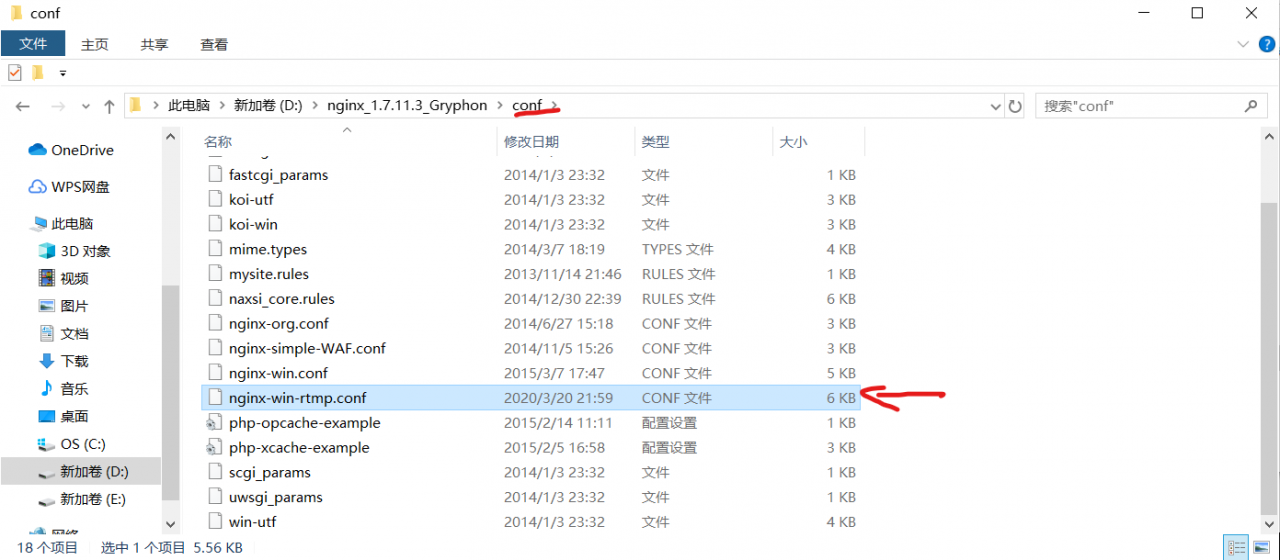
4.管理员身份运行cmd,然后看看下图流程,最后回车
d:
nginx_1.7.11.3_Gryphon
nginx.exe -c conf\nginx-win-rtmp.conf

5.然后打开浏览器输入http://localhost,出现下图则证明成功。说明搭建好了。
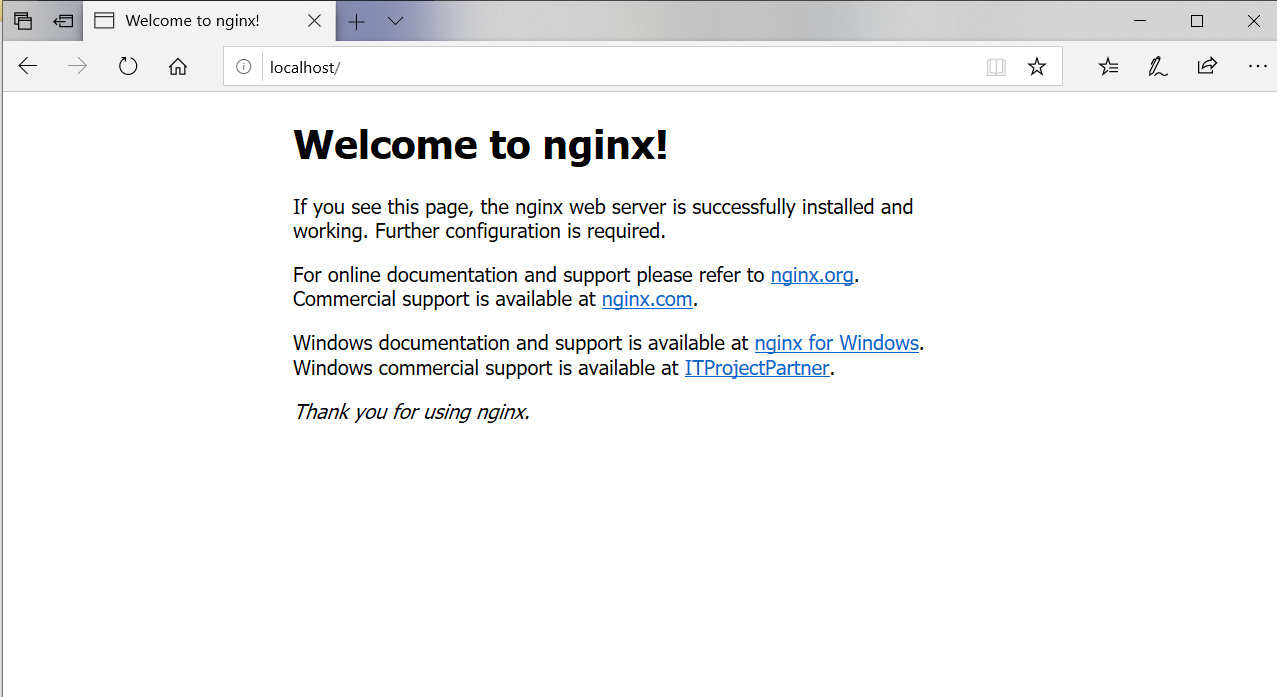
6.下载ffmpeg(根据自己的版本,我已windows举例)
下载地址:http://www.ffmpeg.org/download.html
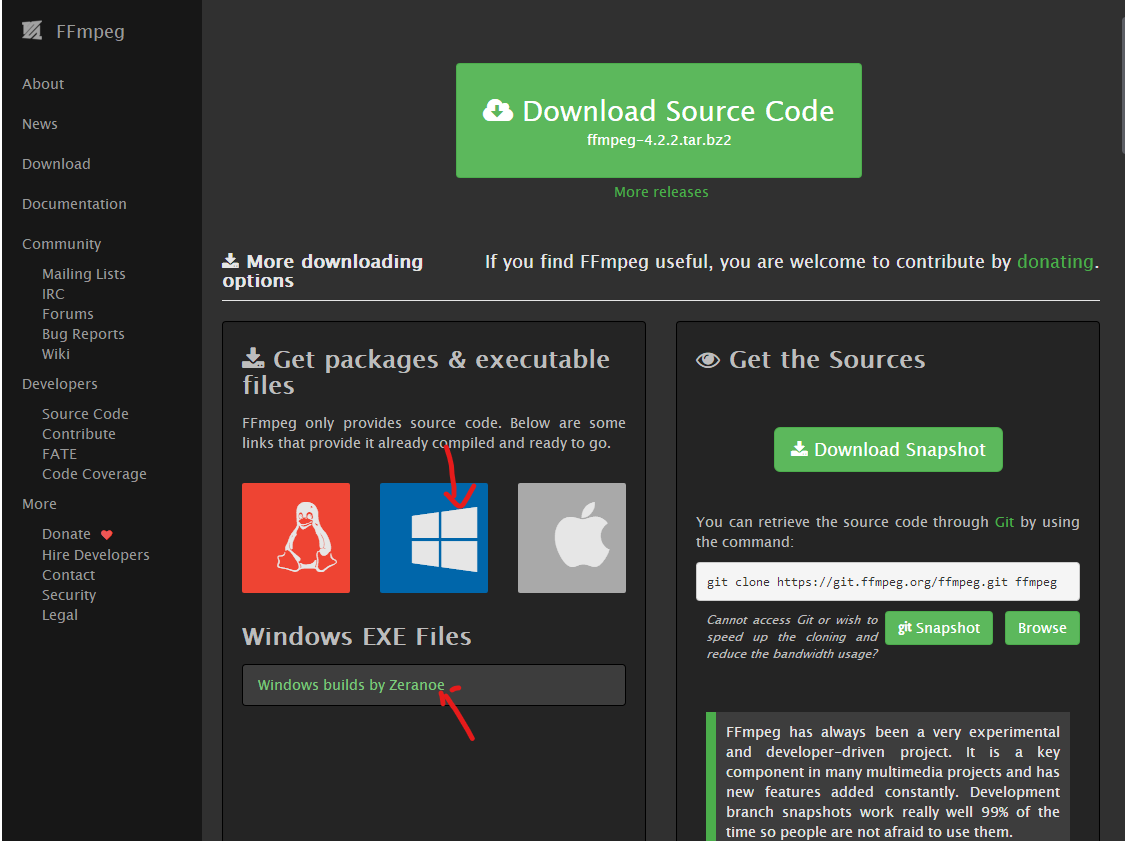
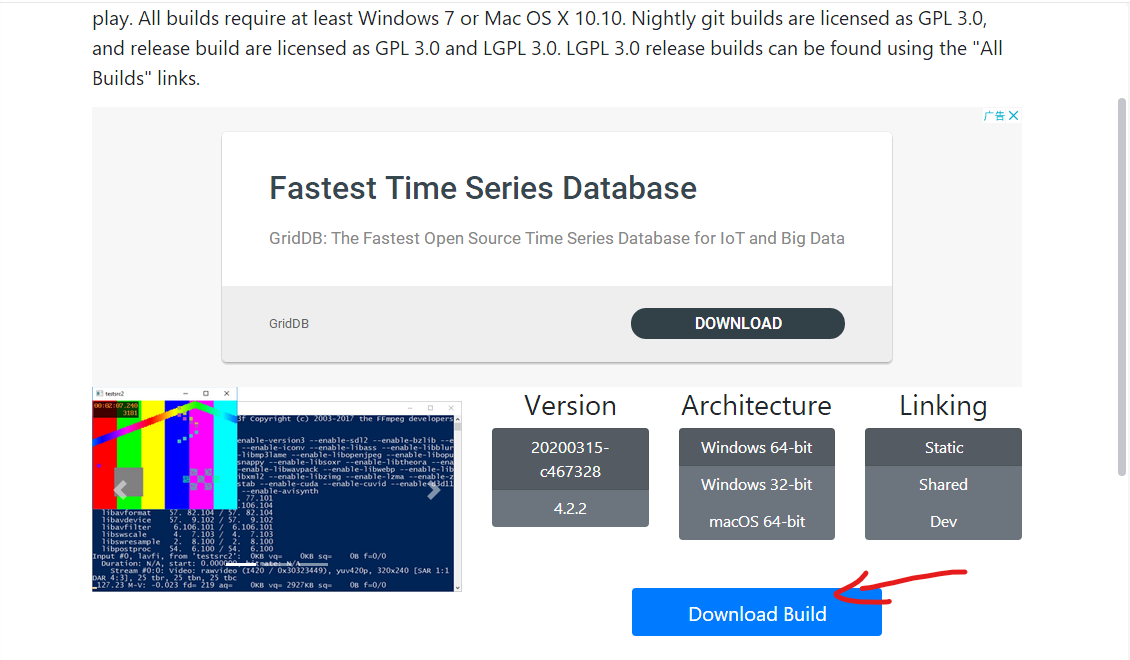
**7.**nginx常用命令
(注意:需要进入到nginx安装目录执行命令)
a.启动:start nginx或nginx.exe
b.停止:nginx.exe -s stop或nginx.exe -s quit
c.重新载入Nginx:nginx.exe -s reload
**8.下载好后解压,**配置环境变量,下图为步骤,下图目录配置到系统环境变量里。
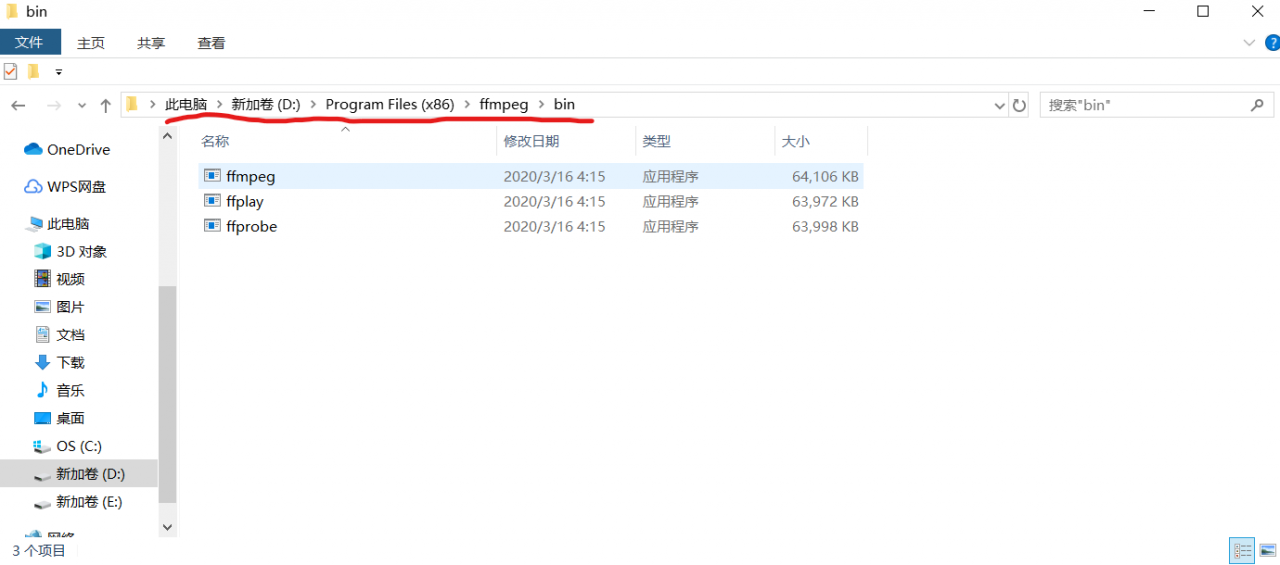

**9.**打开cmd窗口输入“ffmpeg -version”验证安装是否成功,如出现下图ffmpeg版本信息则ok

10.cmd命令,出现下图则推流成功,然后就可以读了
d:
ffmpeg.exe -re -i D:\image\test.mp4 -f flv rtmp://localhost:1935/live/test
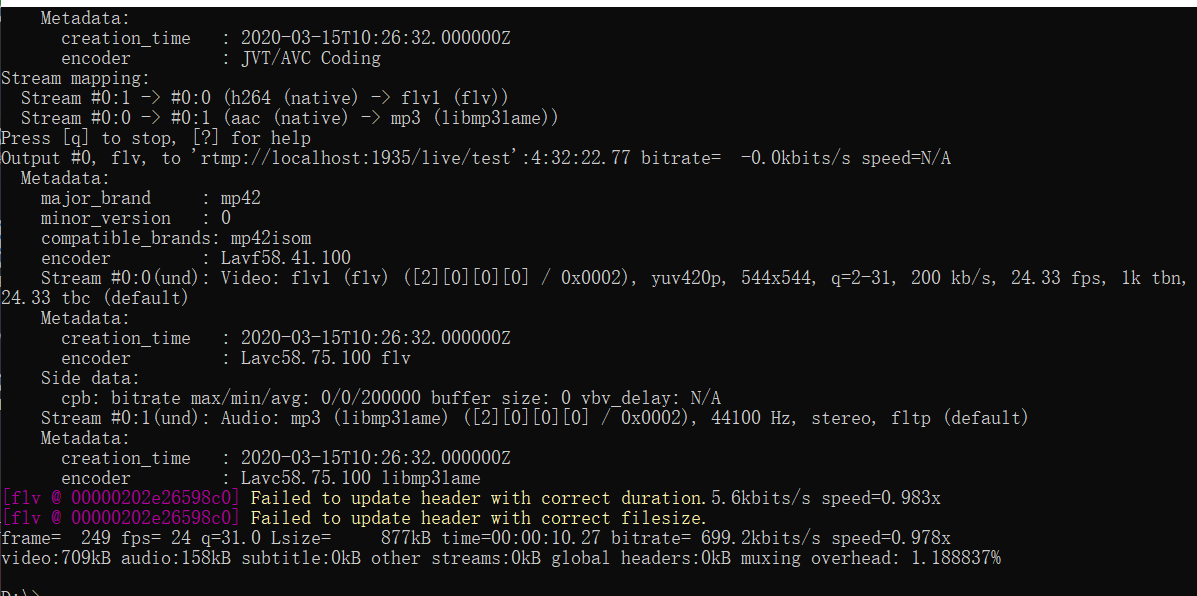
11.我自己Qt做的界面读到推流视频。(_)

作者:visual_eagle
相关文章
Octavia
2021-03-22
Manda
2020-04-28
Opal
2023-05-12
Yolanda
2023-05-12
Tani
2023-05-13
Rhoda
2023-05-13
Eleanor
2023-05-13
Pearl
2023-05-13
Isis
2023-07-20
Alexandra
2023-07-20
Mathilda
2023-07-21
Glory
2023-07-21
Keelia
2023-07-21
Raizel
2023-07-21
Rosine
2023-07-22
Bena
2023-07-22
Rhoda
2023-07-22
Dorothy
2023-07-22
Miette
2023-08-08